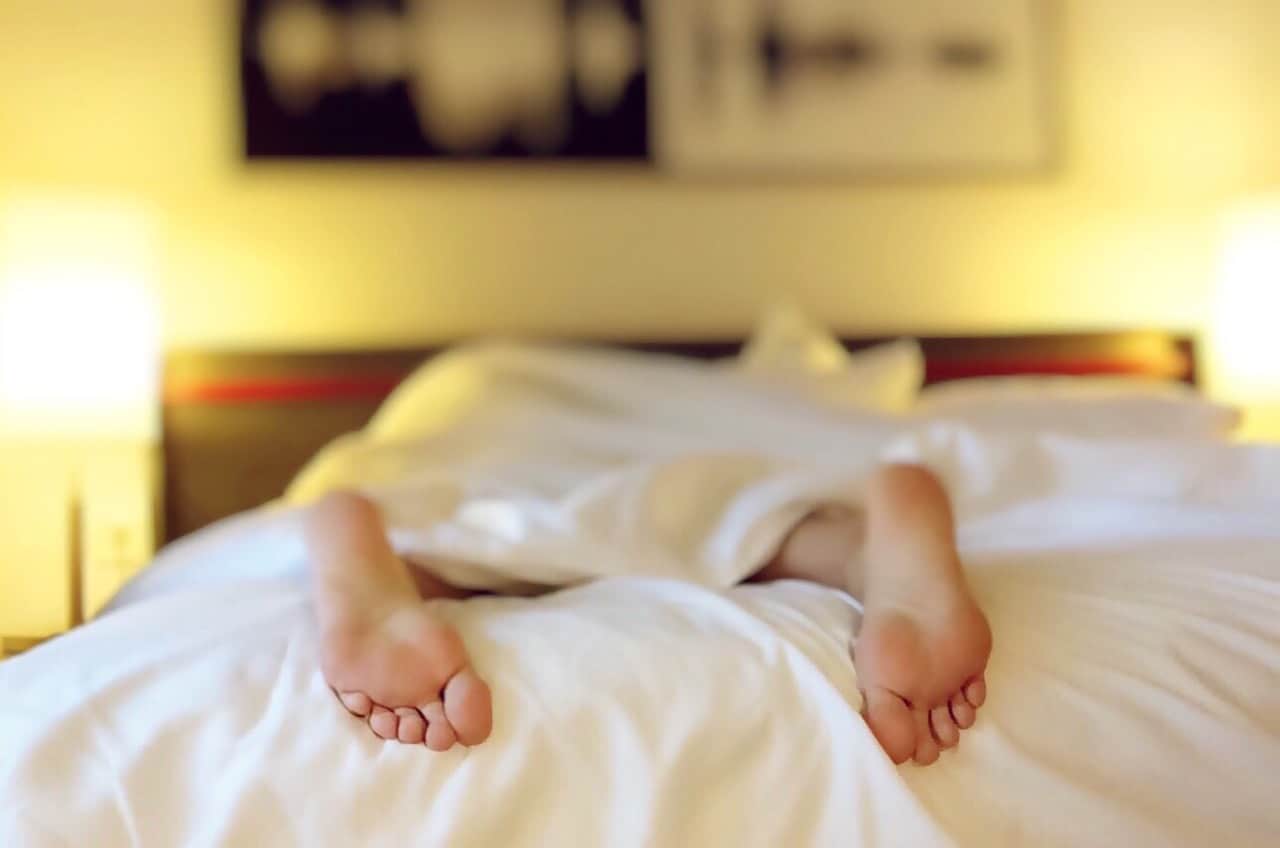If you have chronic back pain, you’re in good company. Lower back pain is the number one cause of disability around the world, and it’s one of the top five reasons why people visit their doctors. Fortunately, back pain is rarely caused by a serious problem. Rather, it’s often caused by stress, poor posture, repetitive movements or even an old, sagging mattress.
Back pain can be an agitation at home, but it can be a real problem when traveling. Unusual beds, uncomfortable travel seats and being more active can make even a small pain something larger. Worst, back pain may prevent you from the tourist activates you planned to do while traveling.
Fortunately, there are things you can do to alleviate back pain while traveling. Do stretches that will open up your back and try teas that provide relief. Additionally, how you sleep can actually have a large impact and help reduce your back pain. Here are five sleeping positions that could help relieve your back pain or even prevent you from getting back pain in the future.
1. On the Side With a Pillow
Take some of the pressure off of your lower back by sleeping on your side. It may also help to put a pillow between your knees. This will help you keep your spine aligned which may reduce the stress on any one part of your spine.
If you have an extra-firm mattress, there might be a space between your hip and the bed. Use a small pillow in that spot for extra support. This position aligns your neck, shoulders, spine, hips and knees.
2. Fetal Position
A slipped or herniated disc is a common cause of back pain. Curling into the fetal position helps relieve this pain. Start on your back, then slowly turn onto one side. Slide your knees toward your chest. Move your torso toward your knees. Switch sides if you wake up overnight or alternative every evening on each side. This comfortable position opens the area between your vertebrae, reducing pain and pressure on your nerves.
3. On Your Stomach With Pillows
If you prefer to sleep on your stomach, you can do so without adding neck pain to your list of discomforts and aches. Place a medium to thick pillow under your belly and between you and the bed in order to slightly lift your abdomen. Again, the goal is to keep your spine aligned which will help relieve pressure from your back. This sleep position is especially helpful for anyone with degenerative disc disease.
4. On Your Back With a Pillow
For some types of back pain, you’ll still feel comfortable sleeping on your back with a little help from a pillow placed under your knees. Lay completely flat on your back, and place a standard-size pillow under your knees. This maintains the natural curve of your spine. If you need extra support, roll a bath towel, and place it under the curve of your back. This position promotes proper spinal alignment. Ensure you also get a mattress designed to relieve back pain. It can help keep your internal organs in their natural positions. It’s a good sleep position for anyone who snores or has sore pressure points.
5. Reclined on an Adjustable Bed
If you have a degenerative bone disease or circulatory dis-order, such as isthmic spondylolisthesis, sleeping on an adjustable bed in a reclined position may be the helpful choice for you. An adjustable bed allows you to elevate your head. Some allow for multiple adjustment points, allowing you to also adjust at the knee level. The reclining position elevates the area between your trunk and thighs and reduces pressure on your spine. An adjustable bed is also easier to get out of when you awaken. Adjustable beds also keep your spine in alignment.
Back pain doesn’t have to slow you down when traveling. With some tips and the right sleeping position you can feel better and make the most of your trip. If you try these sleeping positions and still feel pain, consider the age of the mattress you use both at home and in the hotel. The lifespan of a typical, quality mattress is five to 10 years old. If yours is more than 10 years old, it’s time to go mattress shopping. Ask the hotel if they have information on the mattress you will be using when traveling. Your occasional back pain or chronic back pain could be a result of sleeping on a mattress that no longer supports your spine.

